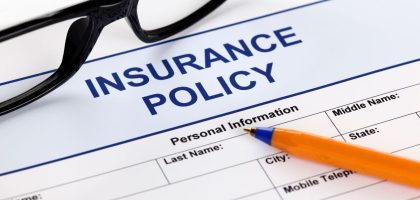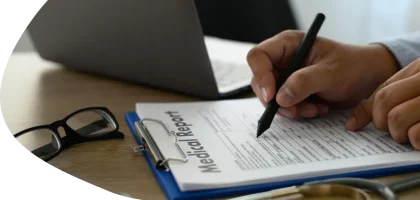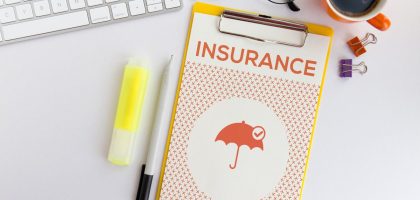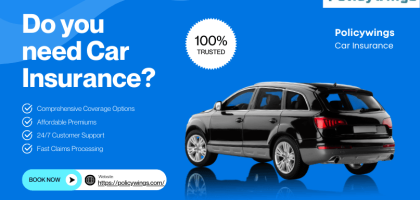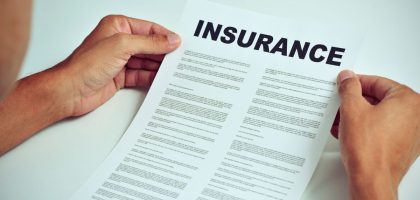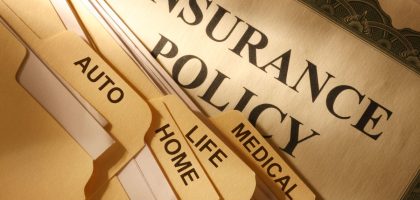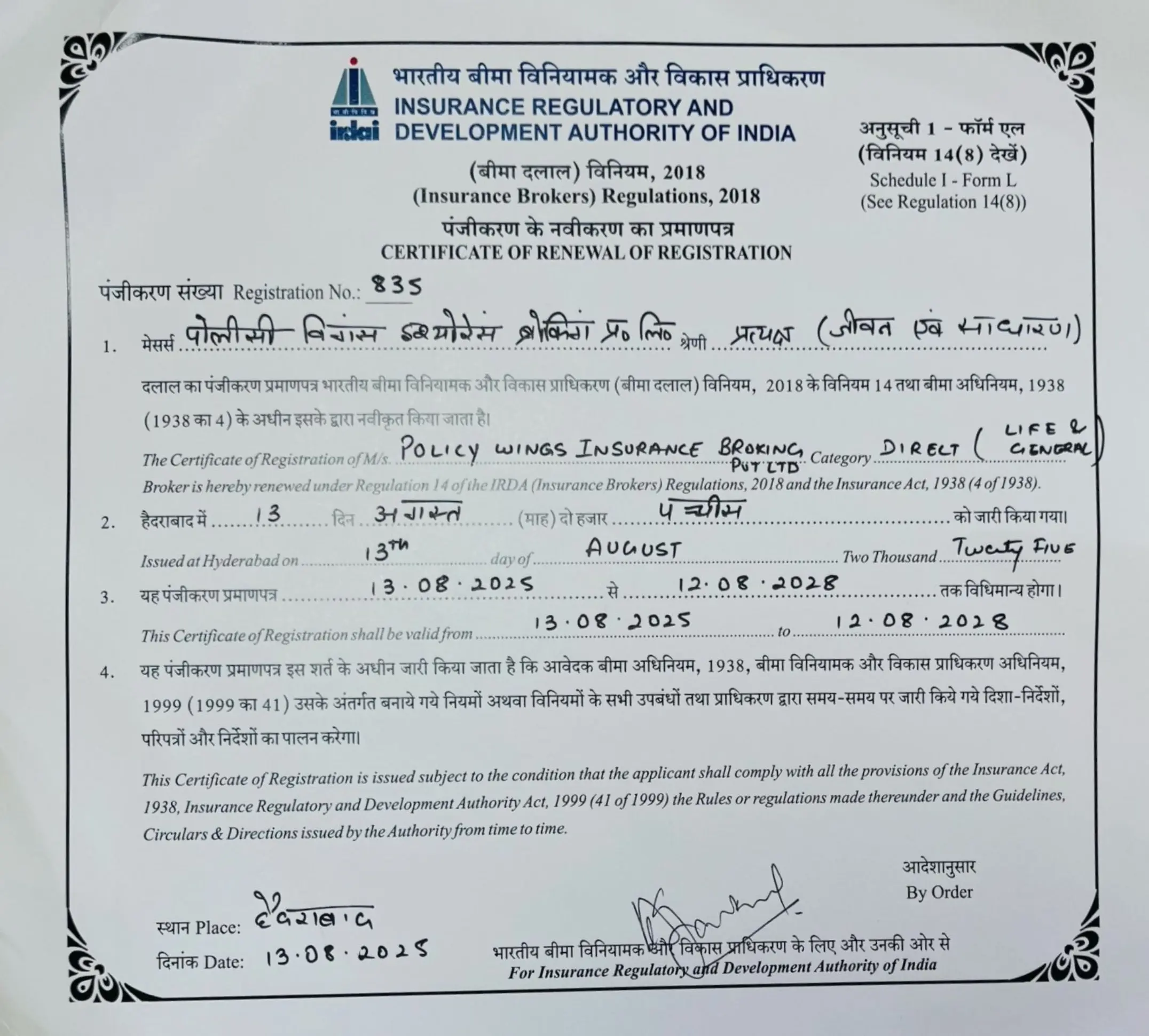Introduction Upon buying insurance, you will notice different short forms in your policy documents that might confuse you. One...
Introduction Small and medium enterprises (SMEs) are the support systems of India’s economy which contributes nearly 30% to the GDP...
Introduction It might have happened to you or somebody you know that for years you had your mediclaim insurance policy...
Introduction Accidents can happen to anyone, anytime and even to the most careful drivers. It could be a small...
Introduction The increase in digital platforms has evolved the way Indians buy financial products, particularly insurance. Only with a few...
The process of insurance claims being settled in India plays an important role in forming the overall financial and functional...
Introduction The year 2025 saw the Indian insurance policyholders being more aware about their rights than ever before. However, they...
Introduction Purchasing your first car is something you will always recall, the test drive, the fresh car smell, and the...
Introduction In today’s world, where healthcare expenses are skyrocketing, a mediclaim policy offers a sense of financial security. However, many...
Imagine this: you’re carefully reversing out of a parking space when – crunch! – you accidentally bump into the car...
Latest Blogs
Introduction While buying or renewing car insurance, you would surely come across two very common terms: Zero Depreciation and...
Introduction In India, getting insurance for your car is non-negotiable. With so many plans and so many add-ons available, it...
Introduction Everyone deserves healthcare but sadly, with the medical expenses rising so fast in India, not everyone can afford...
Introduction Do you think that buying life insurance means having to go through complicated policies and paperwork and paying...
Introduction You don’t buy a car insurance just fulfil a legal requirement. The repair costs have really increased, spare...
Introduction You can’t predict life but it’s always possible to secure the financial future of your family with life...
Introduction You have waited so long to finally purchase that car, saved for it and checked all those reviews....
Introduction Travel is exhilarating but medical emergencies abroad are expensive and unpredictable. For Indian travellers, buying robust overseas travel medical...


